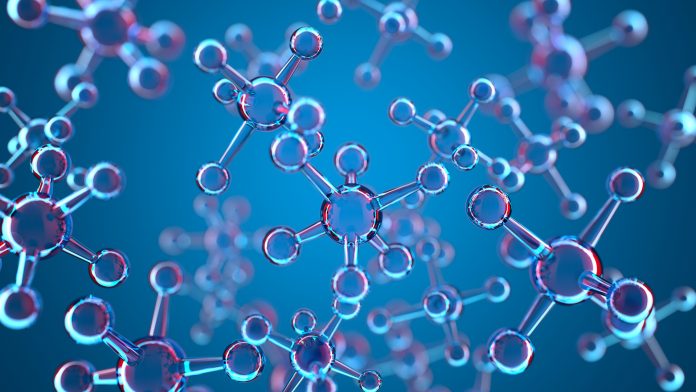Researchers from Chung-Ang University have built an innovative heterostructure catalyst for effective hydrogen generation from water splitting.
As the climate crisis intensifies, it has become imperative to discover more sustainable alternatives to fossil fuels to halt increasing carbon emissions and global warming. To this end, hydrogen has emerged as a significant clean energy candidate.
Current methods for hydrogen generation from water splitting
Currently, several techniques can be utilised to generate hydrogen; as it stands, hydrogen generation from water splitting is the greenest method. This technique operates by splitting water using electricity in the presence of a catalyst, and is commonly known as, ‘electrocatalytic water splitting’. However, to retain productivity, this unique process is dependent on rare – and thus expensive – metal catalysts, such as platinum. As a result, this method has limited large-scale industrial applications.
A less expensive option is utilising a transition metal-based catalyst, such as oxides, sulphides and hydroxides of cobalt, nickel, and iron. However, the electrocatalytic water splitting comprises two half-reactions: the hydrogen evolution reaction (HER) and the oxygen evolution reaction (OER).
In OER, water molecules are oxidised to create oxygen and positive hydrogen ions at the anode (positively charged electrode). The hydrogen ions then move across the electrolyte to the cathode (the negatively charged electrode), where they are then reduced to make hydrogen (HER). Currently, utilising the transition metal-based catalysts technique has only resulted in catalysing either HER or OER, making for a complicated configuration and a greater overall cost.
Optimising hydrogen generation techniques
Now, researchers from Chung-Ang University in Korea have established a heterostructure catalyst encompassing hollow cobalt sulphide (CoSx) and nickel-iron (NiFe) layered double hydroxide (LDH) nanosheets that concurrently enhances both the half-reactions.
“A reasonable strategy for fabricating highly efficient catalysts for water splitting is to elaborately integrate OER-active NiFe LDH and HER-active catalysts into a heterostructure,” said Assistant Professor Seung-Keun Park, leader of the project. “Given their high surface area and open structure, hollow HER catalysts are believed to be ideal for this job. It turns out that metal-organic frameworks (MOFs) are an efficient precursor for fabricating hollow structures. However, an MOF-based hollow catalyst with NiFe LDH has not been reported so far.”
The team electrochemically placed NiFe LDH nanosheets on the surface of hollow CoSx nanoarrays supported on nickel foam. “The integration of an active HER catalyst, CoSx and an OER catalyst, NiFe LDH, guarantees a superior bifunctional catalytic activity,” explained Park.
The catalyst developed by the researchers was successful in reliably delivering a high current density of 1,000 mA/cm2 in both half-reactions at low cell voltages, indicating its viability for industrial scale water-splitting applications.
The group credited this to ample active sites on the catalyst heterostructure, which facilitated electrolyte penetration and gas release throughout the reactions. As well as this, an electrolyser centred on this catalyst exhibited a high current density of 300 mA/cm2 at a low cell voltage and a durability of 100 hours in overall water splitting.
“The enhanced electrocatalytic properties of our catalyst are likely due to its unique hierarchical heterostructure and the synergy between its components. We believe that our work will take us one step closer towards realising a zero-emission society,” concluded Park.







